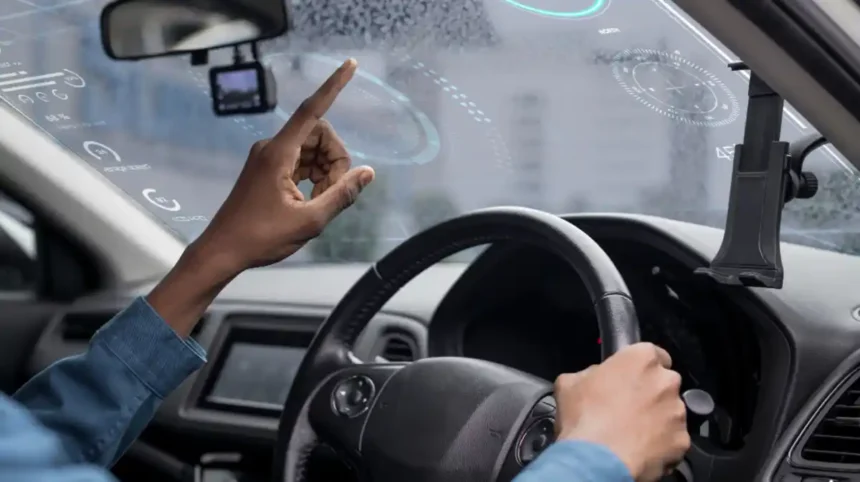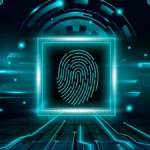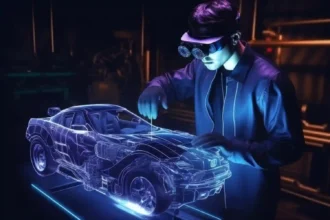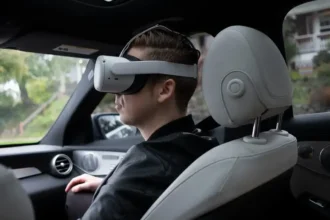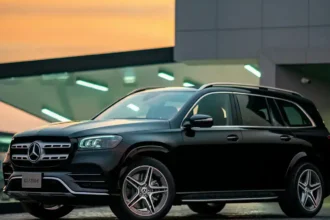Imagine a world where cars talk to each other, traffic lights, and even pedestrians. What if your car could warn you about a hazard before you even see it? How would the future of driving change with a smarter and more connected vehicle system? The answer to all these questions lies in V2X technology, the next big leap in automotive innovation.
In this comprehensive guide, we’ll dive deep into what V2X technology is, why it’s critical for the future of transportation in the USA, and how it’s set to reshape our driving experience. Whether you’re a car enthusiast or someone intrigued by cutting-edge technology, this article will give you a complete understanding of the vehicle-to-everything concept.
What is V2X Technology?
V2X stands for Vehicle-to-Everything, a communication technology that allows vehicles to communicate with each other and everything around them. Essentially, V2X creates a web of data exchange between cars, infrastructure, and even pedestrians. This real-time exchange of data makes driving smarter, safer, and more efficient.
V2X is an umbrella term that covers various types of communication:
- V2V (Vehicle-to-Vehicle): Cars communicate directly with one another to share information about their position, speed, and direction.
- V2I (Vehicle-to-Infrastructure): Vehicles exchange data with infrastructure, such as traffic lights or road signs.
- V2P (Vehicle-to-Pedestrian): Cars communicate with pedestrian devices to ensure safety in crowded urban environments.
- V2N (Vehicle-to-Network): This allows vehicles to connect to broader networks, such as cellular networks or cloud services, to enhance functionality.
Importance of V2X Technology for the USA
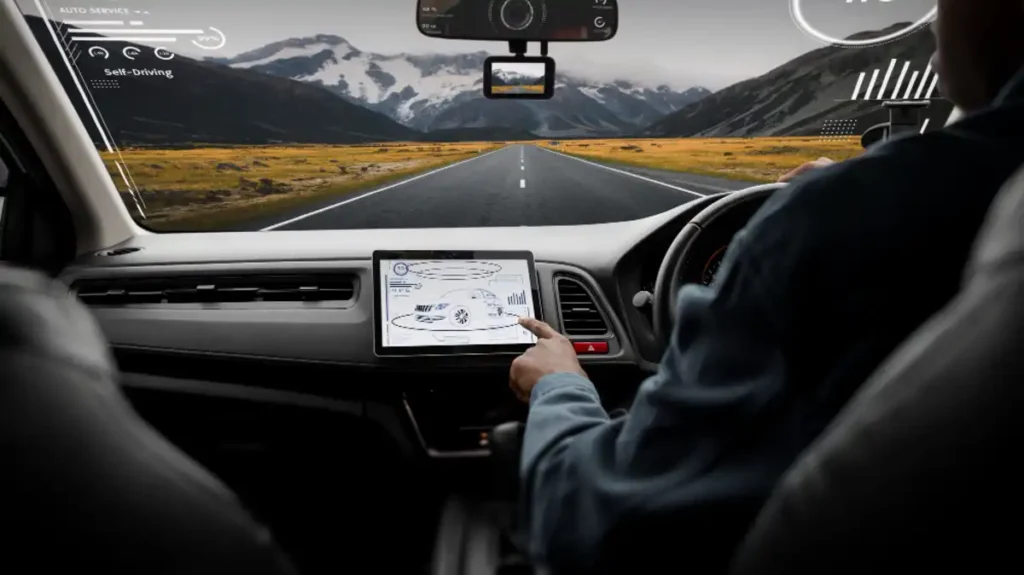
In a country like the USA, where traffic congestion, road safety, and emissions are constant challenges, V2X technology is a game-changer. Here’s why:
- Improved Road Safety
V2X technology enables vehicles to communicate potential hazards or collisions well in advance. For example, if a car several vehicles ahead suddenly brakes, your vehicle will receive an alert, giving you more time to react. - Reduced Traffic Congestion
By communicating with traffic lights and road systems, vehicles can anticipate when to stop or go, minimizing stop-and-go driving. This smooth flow of traffic can significantly reduce congestion in major cities like Los Angeles or New York. - Environmental Benefits
V2X systems help reduce fuel consumption by optimizing driving patterns and reducing idle times at traffic signals. This is crucial for cutting down CO2 emissions, especially in large urban areas. - Support for Autonomous Vehicles
As the USA moves towards autonomous driving, V2X technology provides the communication backbone for self-driving cars. It helps autonomous vehicles make real-time decisions based on their environment, making autonomous driving safer and more reliable.
How Does V2X Technology Work?
At its core, V2X technology relies on two main communication types: DSRC (Dedicated Short-Range Communication) and C-V2X (Cellular Vehicle-to-Everything).
DSRC :
Dedicated Short-Range Communication uses wireless signals to send messages between vehicles and infrastructure. DSRC is reliable and has low latency, making it ideal for time-sensitive communications such as crash warnings.
C-V2X :
Cellular Vehicle-to-Everything, as the name suggests, uses cellular networks to facilitate communication. C-V2X provides a broader range of communication, thanks to its ability to connect vehicles to broader networks and cloud-based systems.
Both DSRC and C-V2X are key to V2X functionality, but the industry is currently leaning towards C-V2X for its broader range and integration with 5G networks.
Applications of V2X Technology
The real power of V2X technology lies in its wide range of applications, which include:
- Collision Avoidance: Vehicles communicate to warn drivers of potential collisions or road obstacles.
- Smart Traffic Management: Cars sync with traffic lights and infrastructure to optimize the flow of traffic.
- Platooning: Multiple vehicles can travel closely together in a synchronized manner, reducing drag and improving fuel efficiency.
- Emergency Vehicle Priority: Traffic lights and intersections prioritize the movement of emergency vehicles through V2X communications.
Key Challenges in Implementing V2X in the USA
While the future of V2X technology looks bright, several challenges still need to be addressed:
- Standardization: There’s an ongoing debate between DSRC and C-V2X. The USA needs to decide which standard will become the primary communication method.
- Infrastructure Costs: Implementing V2X technology requires upgrading road infrastructure, which can be costly and time-consuming.
- Cybersecurity: With more connected vehicles comes a higher risk of cyberattacks. Securing these communication channels is a major concern for developers.
How is V2X Technology Evolving in the USA?
The USA is currently at the forefront of V2X technology development. Several projects and trials are underway to bring V2X into mainstream use. Some of the notable initiatives include:
- Smart Columbus (Ohio): A government-funded smart city project testing V2X technology for safer and more efficient driving in urban settings.
- NYC Connected Vehicle Project: This project aims to install V2X technology in over 8,000 vehicles, improving road safety and reducing crashes.
- Michigan’s C-V2X Testbed: Michigan is home to the first large-scale C-V2X deployment, focusing on autonomous vehicle testing and smart road technology.
As we move towards widespread 5G deployment, the possibilities for V2X technology in the USA are endless. It could lead to more connected highways, safer streets, and a driving experience that’s faster, smoother, and smarter.
FAQs about V2X Technology
1. What is V2X technology?
A: V2X (Vehicle-to-Everything) is a communication system that allows vehicles to exchange information with each other, surrounding infrastructure, and even pedestrians, enhancing road safety and driving efficiency.
2. How does V2X improve safety?
A: V2X enables real-time communication between vehicles, allowing drivers to receive warnings about potential hazards, such as a car braking ahead or a pedestrian crossing the street.
3. What’s the difference between DSRC and C-V2X?
A: DSRC is a short-range communication method, while C-V2X uses cellular networks, providing a broader range and better integration with 5G technology.
4. Is V2X technology being used in the USA?
A: Yes, several cities and states are testing V2X technology, with projects in New York, Michigan, and Ohio leading the way in smart transportation.
5. How will V2X help autonomous cars?
A: V2X is essential for autonomous vehicles, as it provides the real-time communication needed to make split-second decisions on the road.
How V2X Technology is Shaping the Future of Driving
The future of driving in the USA looks incredibly promising, thanks to V2X technology. As more cities and states invest in this technology, the benefits will become more visible. Reduced traffic, fewer accidents, and a seamless driving experience are just the beginning.
Road Ahead for V2X in the USA
Although V2X technology is still in its early stages, it has enormous potential to revolutionize the automotive industry. With 5G networks expanding across the country, C-V2X is expected to dominate the field, offering faster and more reliable communication between vehicles and infrastructure.
The next few years will be crucial in shaping how V2X technology is adopted in the USA. From safer roads to smarter cities, V2X has the potential to drastically change the way we think about transportation and vehicle safety.
Conclusion
Understanding V2X technology is essential for anyone interested in the future of cars and transportation in the USA. From reducing accidents to making traffic more efficient, V2X represents a massive leap forward. As this technology continues to evolve, the dream of fully connected, autonomous vehicles driving on smart highways is quickly becoming a reality.
As V2X technology grows, so too will its impact on our everyday lives, making driving safer, more efficient, and more connected than ever before.


